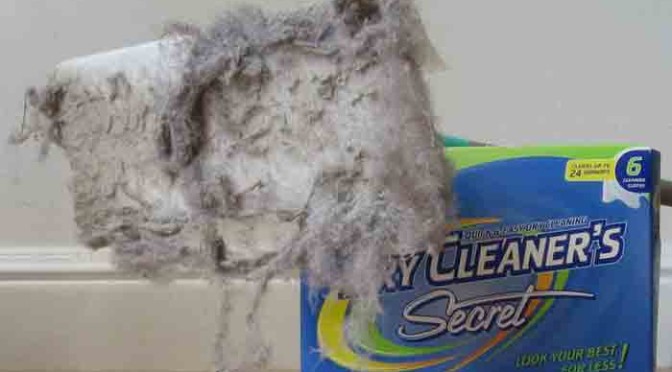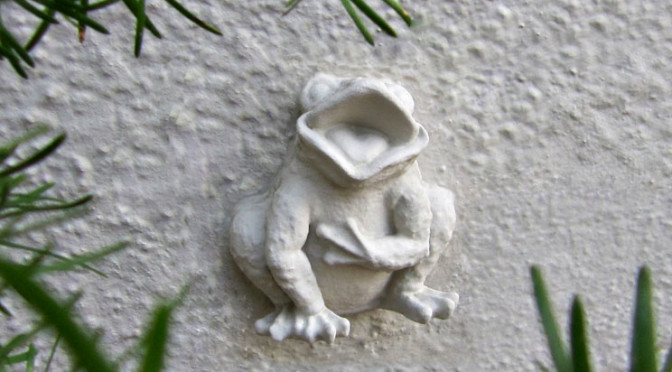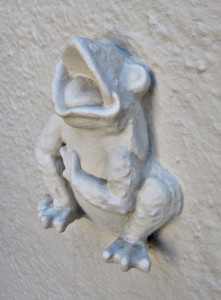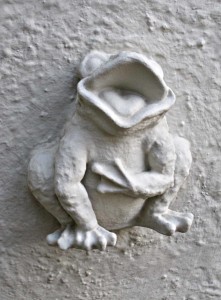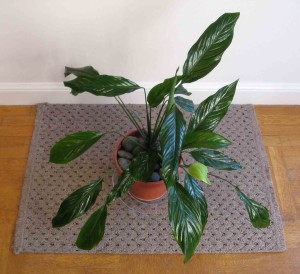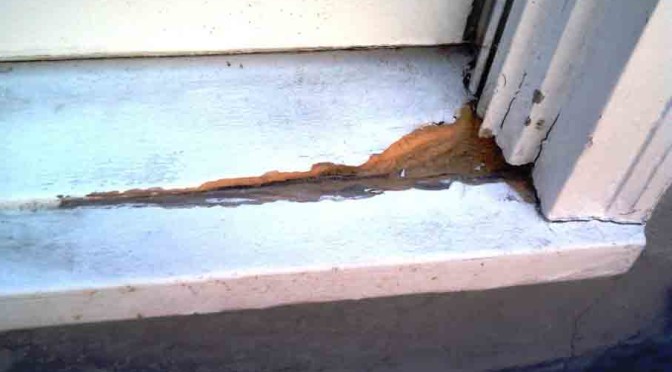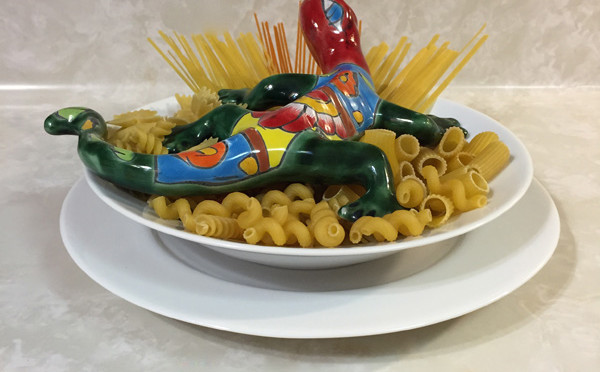Who was responsible for the origins of pasta? Was it the Chinese, the Arabs or the Italians?
Marco Polo brought to Italy Chinese noodles in 1295 but historians agree that some kind of pasta was already present in the Italian peninsula long before this date.
Etruscan tomb paintings clearly depict utensils such as pastry boards, rolling pins and wheels that are remarkably similar to today’s utensils for making pasta.
The Romans made unleavened type of dough with flour and water which they fried, cut into strips and ate with some kind of sauce.
Marcus Gavius Apicius, a famous Roman gastronome from the 1st century A.D. described dishes in which pasta dough was layered with other ingredients and then baked. This might have been an early type of lasagna.
The island of Sicily was invaded by the Arabs in the 9th century and there is ample evidence that the Arabs brought with them a dried noodle-like product.
The beauty of this dry product meant that it could be kept fresh for days to come.
There is also evidence the Sicilians were the first to boil their pasta and by the 12th century were eating a long thin type of pasta like spaghetti.
Even today many Sicilian pasta recipes still include Arab gastronomic ingredients such as raisins and spices like cinnamon.
Across from Sicily on the main land, it was the Calabrians who mastered the art of giving pasta some of the shapes we know today.
In Italian cook books of the 13th century published before the return of Marco Polo from China there are many citations of recipes for making different pasta shapes, such as ravioli, vermicelli and tortellini.
So, pasta existed in Italy before Marco Polo and the pasta museum in Rome has plenty of etchings, paintings and writings to substantiate that.
The fertile lands around Naples proved to be ideal for growing durum wheat and the combination of sun and wind made it possible to dry the pasta easily. This contributed to the beginning of the commercial pasta industry.
By the end of the 18th century the consumption of pasta in Italy sky rocketed and maccheroni, spaghetti and tagliatelle, made of flour and water, were the first ones to commercially take off.
Pasta at the time was regarded as a food for the poor.
The southern weather of Italy was not only ideal to make the pasta but to also grow tomatoes.
Pasta al pomodoro was here to stay.
Italy offers over 350 different shapes of pasta. The shapes not only inspire presentation but offer a slightly different chewing experience and taste.
Eye openers:
Christopher Columbus brought the tomato to Spain from North America and rumors widely spread through Europe of tomatoes being poisonous.
It was not until many decades after the tomato was introduced to Italy that it became one of the main ingredients in the Italian diet.
Durum wheat is probably the most important as well as hardest type of wheat grown today. It dates back to 7,000 B.C. originating from central Europe and the Near East.
Durum in Latin means “hard”.
Semolina is the purified middlings of durum wheat (grano duro) and it used to make the better and harder quality pasta.
The word semolina derives from Italian semola which in turn derives from Latin simila and which means flour. Semolina from durum wheat has widely been used in India and Turkey forever but it is known by different names.
Al Dente means “to the tooth” and refers to pasta cooked semi hard to hard. This is the preferred way to do it.
Parmigiano Reggiano originates from the northern Emilia Romagna region, more accurately from the city of Parma, and is the classic choice of cheese sprinkled over pasta.
It will taste best when grated to a medium consistency, say neither too sandy nor shredded in long strands. The purchased parmesan from Kraft is too sandy, feels gritty in the throat and absorbs the sauce too much. Other pre grated cheeses might be shredded in strands way too long unbalancing the delicate combined ratio of cheese to sauce.
For best consistency, the best way to informally sprinkle the cheese is with the fingers.
For formal situations the spoon aided by the tapping of the index finger is also an elegant classic.
Confucius would have said:
• A perfect and balanced pasta bite is the proportional ratio of cheese, pasta and sauce!
• Pasta and Parmiggiano Reggiano are one of the best marriages ever.
